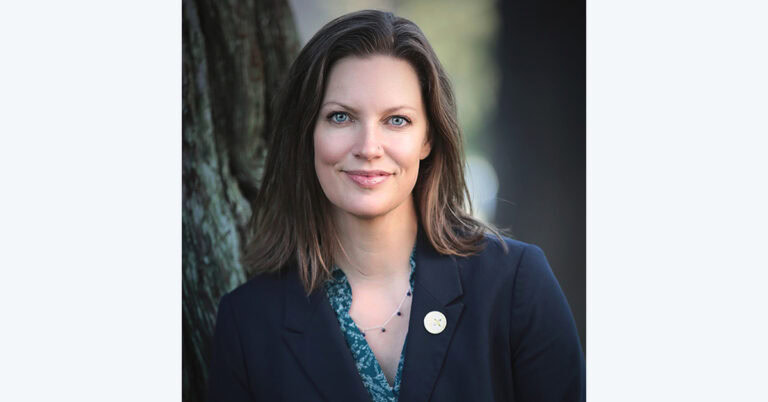Deputy Director
Waste-to-Energy Technologies Have Role to Play in California’s Future
December 8, 2011 | CCST Newsroom | Contact: M. Daniel DeCillis

The conversion of municipal waste to energy holds potentially significant environmental benefits for California, although more information is needed on real emissions and performance data from operating waste to energy systems in California, according to a CCST report recently presented to the Governor’s office. (Click here to access the report.)
“Converting municipal waste to energy is controversial,” notes the report, prepared for CCST by Heather Youngs, Bioenergy Analysis Fellow at the Energy Biosciences Institute, UC Berkeley. “The actual impacts of any waste-to-energy system are specific to that system…[however] there are conversion technologies that will meet California’s environmental quality standards.”
California currently operates 105 facilities employing various waste-to-energy technologies, including incineration, harnessing landfill gas, wastewater treatment, and animal and food waste digestion, providing over 414 megawatts (MW) of power. This is, however, a small fraction of the state’s total net power supply, which exceeded 77,000 MW in 2010. This is largely due to a reluctance to endorse substantial waste-to-energy because of concerns about emissions from incineration plants.
The report, which is intended as a starting point for discussions concerning the conversion of municipal waste to energy, outlines the energy potentials and environmental impacts of each waste-to-energy system, as well as current barriers facing more widespread implementation of the technologies in California.
CCST has prepared several reports this year on California’s energy future, exploring technologies and power generation/emissions scenarios in the state through the year 2050.
“Recovering energy from post-recycled organic materials can provide environmental benefits and need not impact other waste management goals,” the report concludes. “Carefully constructed policies can encourage waste reduction, recycling, landfill reduction, and energy recovery.”




